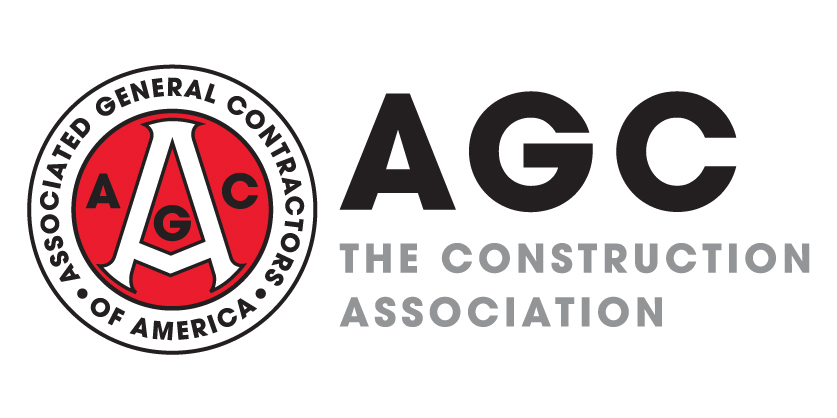
Nonfarm payroll employment in May rebounded by an unexpected and historic 2.5 million, seasonally adjusted, following a plunge of 20.7 million in April and 1.4 million in March, the Bureau of Labor Statistics (BLS) reported on Friday. The unemployment rate declined to 13.3% from 14.7% in April. Construction employment in May totaled 7,043,000, an unprecedented one-month increase of 464,000, following a record one-month decrease of 995,000 in April and a decline of 65,000 in March. Construction accounted for nearly 19% of the total gain for the month even though the industry constitutes only 5% of nonfarm employment. The huge pickup may reflect the industry’s widespread receipt of Paycheck Protection Program loans and the loosening of restrictions on business activ ity in some states. Nevertheless, employment was only back to the level reached in late 2017. The net job loss from the recent peak in February totaled 596,000 (-7.8%), with similar declines of 7.4% for residential construction (residential building and specialty trades) and 8.1% for nonresidential construction (building, specialty trades, and heavy and civil engineering construction). The industry’s unemployment rate in May was 12.7%, with 1,187,000 former construction workers idled. These figures were roughly four times as high as in May 2019 and were the highest May levels since 2012 and 2011, respectively.
Construction employment, not seasonally adjusted, decreased between March and April in 326 (91%) of the 358 metro areas (including divisions of larger metros) for which BLS provides construction employment data, increased in 20 (6%) and was unchanged in 12, according to an analysis AGC released on Wednesday. (BLS combines mining and logging with construction in most metros to avoid disclosing data about industries with few employers; AGC assumes the construction-only percentage change in these metros equals the combined change.) In the 30-year history of the data from 1990 through 2019, metros with construction employment increases from March to April had always outnumbered those with decreases. On average, 75% of metro areas added construction jobs between March and April in past years, while only 12% shed jobs. New York City lost the most construction jobs (-75,900 combined jobs, -49%), followed by the Seattle-Bellevue-Everett, Wash. division (44,200 construction jobs, -41%). Construction employment fell by half or more in three metro divisions: Montgomery County-Bucks County-Chester County, Pa. (-54%, -27,200 combined jobs); Warren-Troy-Farmington Hills, Mich. (-52%, -26,100 combined jobs); and Brockton-Bridgewater-Easton, Mass. (-50%, -2,300 combined jobs). Thirteen metros set new highs for April construction employment; 43 set new lows.
The Census Bureau on Thursday released the results of its fifth Small Business Pulse Survey, with responses from May 24 to 30, that “is intended to provide crucial weekly data on the impact of the COVID-19 crisis on the nation’s businesses.” A slightly smaller share of construction firms added employees than during the week before (10.1% vs. 11.2% from May 17 to 23), while the share of firms that reduced headcount fell to 12.4% from 14.7%. Supply-chain disruptions were less widespread in the latest survey (33.3% vs. 37.8% in the previous survey). The share of construction respondents that closed a location for at least one day fell to 17.8% from 21.7%. More construction firms than in the previous survey reported “little or no effect on…usual level of operations” (15.8% vs. 12.5%). More predicted a return to usual level within one month or less (7.0% vs. 5.5%) but fewer than before predicted a return to normal in 2-3 months (15.3% vs. 20.4%). As in the previou s survey, the most common expectation was that returning to normal level would take more than six months (35.0% vs. 33.6% previously). By May 30, 70.6% of responding construction firms (and 71% of respondents from all sectors) had received Paycheck Protection Program loans and 13.0% (vs. 17.5% overall) had received Economic Injury Disaster Loans.
“The Dodge Momentum Index moved a scant 0.1% lower in May…from the revised April reading,” Dodge Data & Analytics reported on Friday. The index “is a monthly measure of the first (or initial) report for nonresidential building projects in planning, which have been shown to lead construction spending for nonresidential buildings by a full year. The commercial component of the Momentum Index rose 1.0% during the month, while the institutional component dropped 1.9%....The resilience of the Momentum Index over the last two months has been remarkable in the face of the COVID-19 crisis and resulting economic recession. With May’s reading, the Momentum Index is down 17% from its most recent peak in July 2018. During the Great Recession, by contrast, the peak-to-trough decline was 62%. While the Momentum Index may move lower in the future, its present level continues to suggest that th ere are enough projects entering planning to allow construction to begin a modest recovery in the third quarter.”
“Economic activity in the non-manufacturing sector contracted in May for the second consecutive month,” the Institute for Supply Management reported on Wednesday in its monthly Non-Manufacturing ISM Report On Business. Construction was among the 14 sectors that contracted, out of 18 overall. The report quoted a construction purchasing executive: “Sales have slowed, but backlog has remained [at] 2019 levels. Several key commodities have seen radical up-and-down swings in pricing, specifically lumber. Some suppliers recognize the downturn and are beginning to voluntarily offer pricing concessions.” Commodities important to construction that were reported up in price included lumber products and numerous categories of sanitizing and personal protective equipment (many of which were also in short supply). Items down in price included diesel fuel (for the fifth consecutive month), PVC products, steel, and steel products (for the third month in a row).




